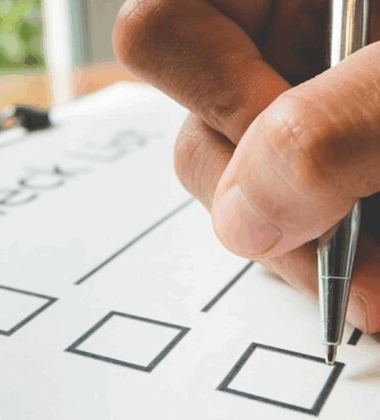Export restrictions and evolving nutrition labeling laws are more than regulatory headaches—they’re often the invisible forces determining whether your product flies off global shelves or never leaves the port.
If you’re planning to exhibit at the Food and Beverage Expo USA, specifically the Global Products Expo 2025 (taking place June 26–28, 2025, at the New Jersey Expo Center), this topic could be the most business-critical issue you’ll face.
With multiple countries tightening compliance measures on food and beverage imports, today’s product developers and regulatory teams must juggle export restrictions, labeling nuances, and trade policies before taking even one sample to the expo floor.
What Are Export Restrictions—and Why Do They Matter at Trade Shows?
Export restrictions include any legal, safety, or regulatory rule that limits the ability to sell or ship products across borders. These restrictions vary widely between countries and often involve:
- Ingredient bans or red flags
- Labeling and language requirements
- Allergen disclosures
- Sustainability regulations
- Packaging format rules
At a global trade show like the Food and Beverage Expo USA, where F&B brands aim to impress international buyers, failure to understand export nuances can stop a promising deal in its tracks.
Real-World Examples of Label Conflicts in 2025
Here’s how differing country standards can derail or delay your product launch—even if you’re 100% compliant in your home country:
🇺🇸 USA vs. EU – Fiber Claims
The U.S. allows brands to call certain fibers “dietary fiber,” but the EU only permits a specific list. You may pass FDA review but get flagged in Europe.
🇨🇦 Canada vs. Middle East – Sweeteners
Products using specific artificial sweeteners (e.g., cyclamates) may be fine in Canada but banned in parts of the Middle East. If your formula isn’t flexible, you’re blocked.
🇯🇵 Japan – Allergen Icons
Japanese import law mandates graphic icons for allergens that are unique to their labeling system. If you’re using only text-based alerts, you’ll need a redesign.
These conflicts can frustrate international buyers—especially at fast-paced expos like the Global Products Expo—and cast doubt on your brand’s export readiness.
The Cost of Non-Compliance at Global Shows
Being non-compliant at a global trade show doesn’t just impact legal risk—it undermines brand trust and limits distribution opportunities. Here’s what’s at stake:
- Missed B2B contracts due to perceived complexity
- Disqualification from retailer onboarding
- Shipment delays due to relabeling or reformulation
- Wasted marketing dollars if your samples don’t translate globally
At the Food and Beverage Expo USA, savvy buyers will often ask:
“Can this product ship tomorrow? Is it retail-ready in my country?”
If your answer is “not yet,” they’ll move on.
How to Prepare Your Product for Global Launch Success
Navigating export restrictions doesn’t require you to become a regulatory lawyer—but it does demand intentional strategy.
Here’s a checklist to help your product meet global trade show expectations:
✅ 1. Audit Your Labels
Work with consultants or in-market partners to test label compliance across:
- FDA (U.S.)
- EFSA (EU)
- CFIA (Canada)
- GCC (Middle East)
- ASEAN (Southeast Asia)
✅ 2. Create Flexible Labeling Systems
Develop modular label templates that can be adjusted based on:
- Allergen icons
- Nutrition standards
- Legal definitions (e.g., “organic”, “low sugar”)
✅ 3. Understand Ingredient Red Flags
Know which ingredients raise issues in:
- China (preservative bans)
- Gulf countries (alcohol or pork derivatives)
- Europe (coloring agents, additives)
✅ 4. Translate & Localize Wisely
Avoid using AI for critical label translation. Poor translation leads to non-compliance and brand confusion.
Positioning Your Brand as “Export-Ready” at the Food and Beverage Expo USA
Want to stand out at the Global Products Expo 2025?
Here’s how to communicate your export strength in your booth design and sales materials:
- Display “Export-Ready” badges or certifications
- Provide multilingual packaging mockups
- Offer QR-code access to compliance documents
- Train booth staff on country-specific FAQs
This isn’t just compliance—it’s conversion. It helps buyers say yes faster.
Final Thoughts: Export Restrictions Are the New Competitive Edge
In a world of increased transparency, evolving global standards, and complex trade ecosystems, being compliant is no longer a back-office function—it’s a front-line brand differentiator.
As you prepare to exhibit at the Food and Beverage Expo USA, make sure your product isn’t just delicious and beautiful—but also globally acceptable.
Label laws might vary. But your readiness shouldn’t.
Let your booth show the world you’re not just local—you’re export-empowered.





